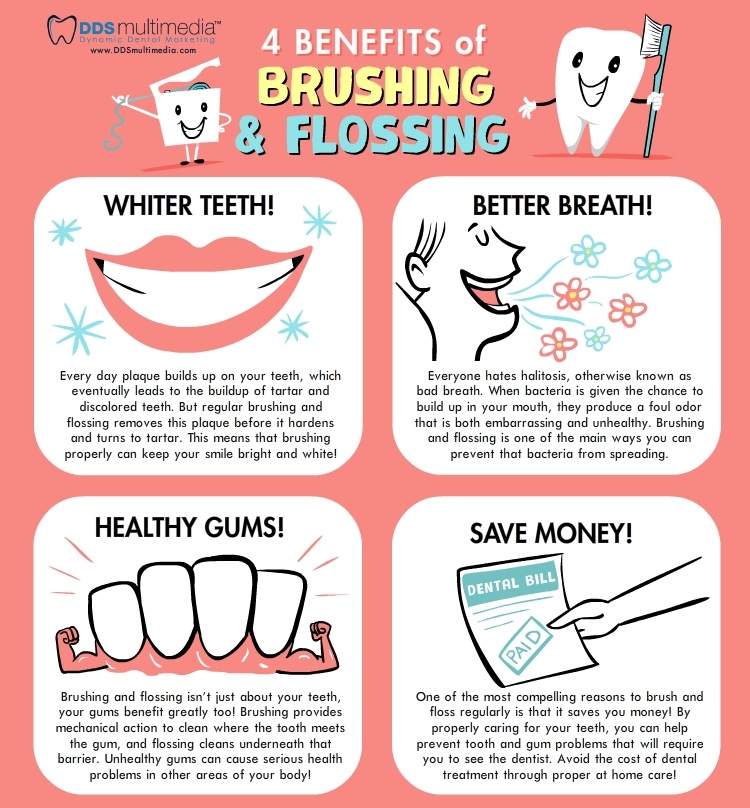Invisalign Vs. Conventional Braces: A Comprehensive Contrast
Invisalign Vs. Conventional Braces: A Comprehensive Contrast
Blog Article
Authored By-Hamann Pehrson
When faced with the decision between Invisalign and traditional dental braces, you might question which choice aligns far better with your way of living and preferences. The choice involves greater than just the aesthetic charm; it explores aspects like therapy period, comfort, and long-lasting oral wellness impacts. Think about the effect each option might have on your everyday regimen and self-confidence. As we discover the comprehensive contrast, you'll acquire understandings into the subtleties that make these orthodontic treatments one-of-a-kind and discover which one may be the far better fit for you.
Products and Construction
When comparing Invisalign to conventional braces, the products and construction differ dramatically. Invisalign contains clear, smooth plastic aligners personalized to fit your teeth. These aligners are practically invisible, making them a popular selection for those looking for a much more very discreet orthodontic therapy.
On the other hand, traditional braces entail steel braces that are glued to your teeth. These braces are then linked by cables and elastic band, using pressure to gradually shift your teeth right into the preferred placement.
The building of Invisalign aligners allows for a more comfortable fit contrasted to standard dental braces. The smooth plastic material lowers inflammation to your cheeks and gums, which is a typical problem with steel braces and cables. Furthermore, https://www.wsj.com/articles/adults-race-to-straighten-their-teeth-bracing-for-pandemics-end-11620227175 are removable, making it simpler to clean and floss your teeth without any blockages.
On the other hand, traditional braces are taken care of onto your teeth, needing extra treatment and time for appropriate maintenance.
Maintenance and Oral Health
The upkeep and dental hygiene methods differ between Invisalign and standard dental braces as a result of their special style and building and construction.
With Invisalign, you can get rid of the aligners when eating or cleaning your teeth, allowing you to maintain your routine oral hygiene routine without any obstructions. It's vital to brush your teeth after eating before putting the aligners back on avoid food bits from obtaining trapped and creating degeneration.
On the other hand, standard dental braces call for added attention to maintain your teeth clean. Food bits can conveniently get stuck in the brackets and wires, resulting in plaque accumulation and possible dental caries. You'll require to utilize special devices like interdental brushes or floss threaders to clean between the wires and brackets properly.
Normal dental check-ups and cleanings are important to ensure that your dental hygiene is in top condition while wearing traditional braces.
Exposure and Appearance
Exposure and looks play a significant duty in the comparison in between Invisalign and typical braces. When it comes to look, Invisalign offers a clear advantage over conventional dental braces. Invisalign aligners are basically invisible, making them a prominent option for those that choose a more discreet orthodontic therapy option.
Unlike the noticeable steel braces and cords of traditional dental braces, Invisalign aligners are transparent and blend in with your all-natural teeth, enabling you to grin confidently throughout your therapy.
additional reading , on the other hand, are a lot more conspicuous because of their metal components. While how long does a pulled tooth take to heal may go with vivid bands to individualize their braces, others might feel self-conscious about the visibility of these orthodontic home appliances. The famous appearance of conventional braces can sometimes affect an individual's self-esteem, especially for grownups in professional setups.
Final thought
To conclude, when choosing in between Invisalign and traditional dental braces, consider your way of life and preferences. Invisalign offers a very discreet and comfortable alternative with simple upkeep, while conventional dental braces offer colorful personalization yet may affect self-esteem.
Ultimately, the choice needs to be based upon what works best for you in terms of visual appeals, benefit, and convenience. Make sure to speak with your orthodontist to identify one of the most ideal therapy for your individual demands.
